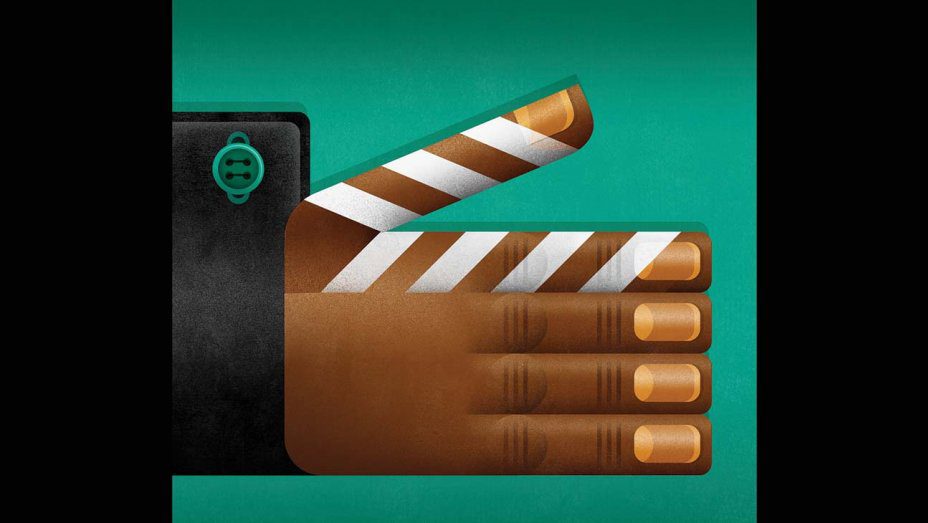The Hollywood Reporter’s columnist looks at two new takes on originally white-cast films — ‘What Men Want’ and ‘Little’ — and sees the needle of racial equality nudging forward “a bit.”
Hollywood has a long history of metamorphizing movies that featured white casts into movies with predominantly black casts. Most famously, The Wizard of Oz (1939) was remade as The Wiz (1978), but other color-coordinated remakes include Annie (2014), About Last Night (2014), Steel Magnolias (2012) and Death at a Funeral (2010). Within the past few months, we’ve had two such films: What Men Want (based on Mel Gibson’s 2000 comedy What Women Want) and Little (less a remake and more a recycling of Big, Freaky Friday, Prelude to a Kiss and 18 Again). But is there anything especially “black” about these remakes that reinterpret the original film within the context of African American culture, offering insights into that culture? Or are they just the same story for a different audience?
One reason to colorize a movie with black and brown faces is to make the film more appealing to people of color who don’t often get to see people who look like them dominating the cast. In 2016, 86.1 percent of the leads in top theatrical films were white, while only 13.9 percent were people of color, even though the latter group made up 38.7 percent of the U.S. population. It’s a nice change to see movies that, even if they’re not about the black community, at least take place within it. These remakes also give filmmakers the opportunity to update the story to appeal to a younger audience not familiar with the original and who are wondering why people are carrying flip phones and wearing leg warmers.
Another reason to alchemize white casts into black is to show how the same story told from a different cultural perspective can illuminate and celebrate those cultural differences. That can be done by incorporating traditions, behaviors and beliefs unique to that culture. But it can also be accomplished by doing nothing different. After all, to watch black characters endure and overcome the same obstacles that the white characters faced in the same story presents a universality that emphasizes our similarities rather than our differences.
Read full article at hollywoodreporter.com


